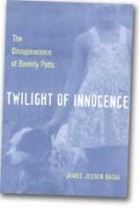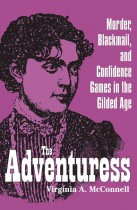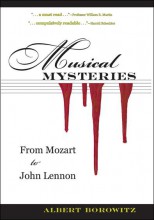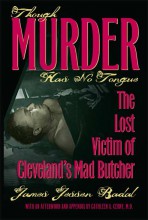Twilight of Innocence
James Jessen Badal | Filed under: True Crime
James Jessen Badal reexamines the events leading up to Beverly Potts’s disappearance and the subsequent police investigation and over-the-top, sensational publicity in the Cleveland press. His interviews with detectives assigned to this still-open case and his examination of police records provide a chronology of the false leads and hoaxes that culminated in this disturbing case of dead end after dead end. Badal draws comparisons between investigative techniques of the time and more modern ones and examines the social and historical context in his analysis of the more than half-century of public fascination with this case.




